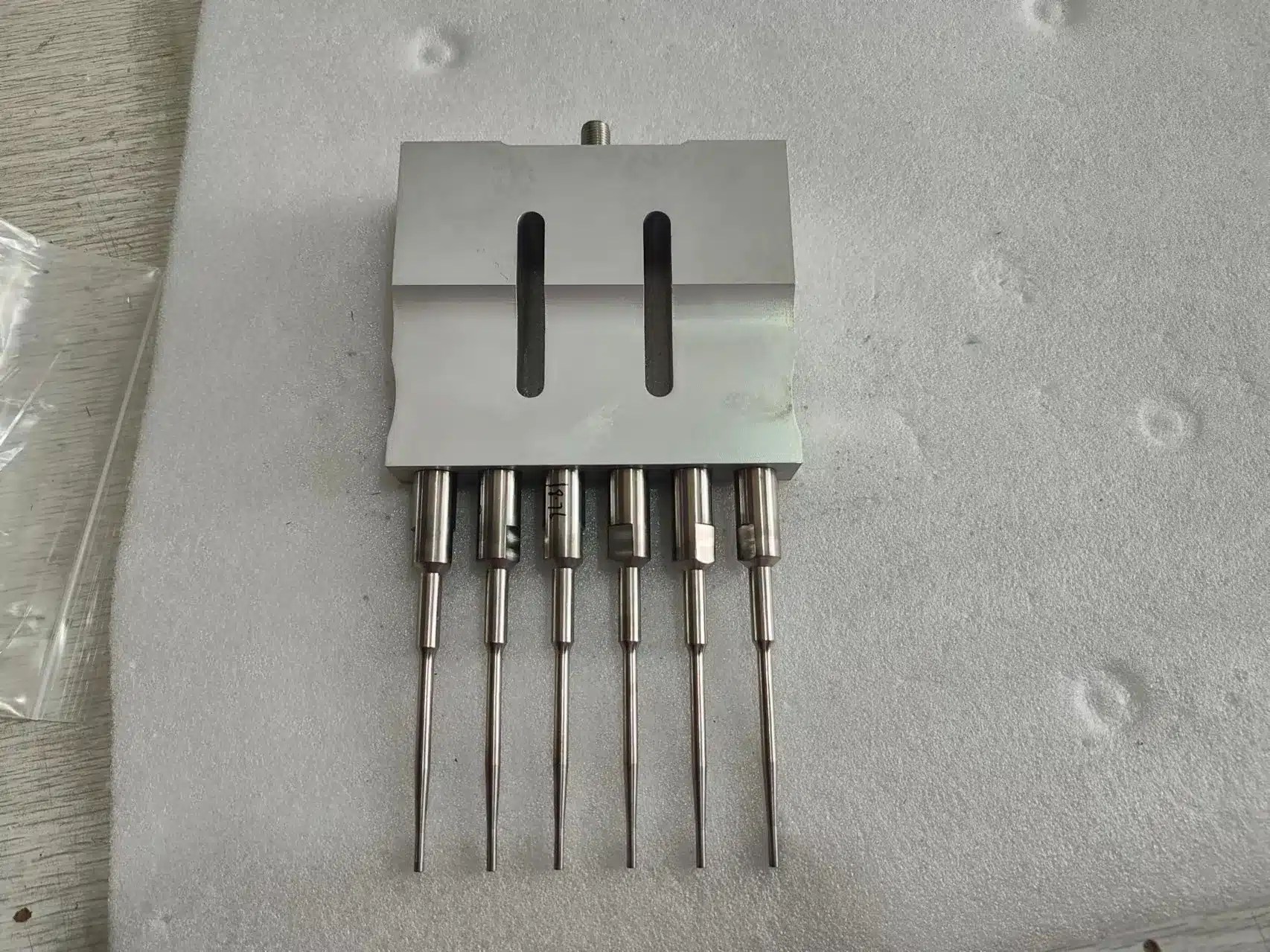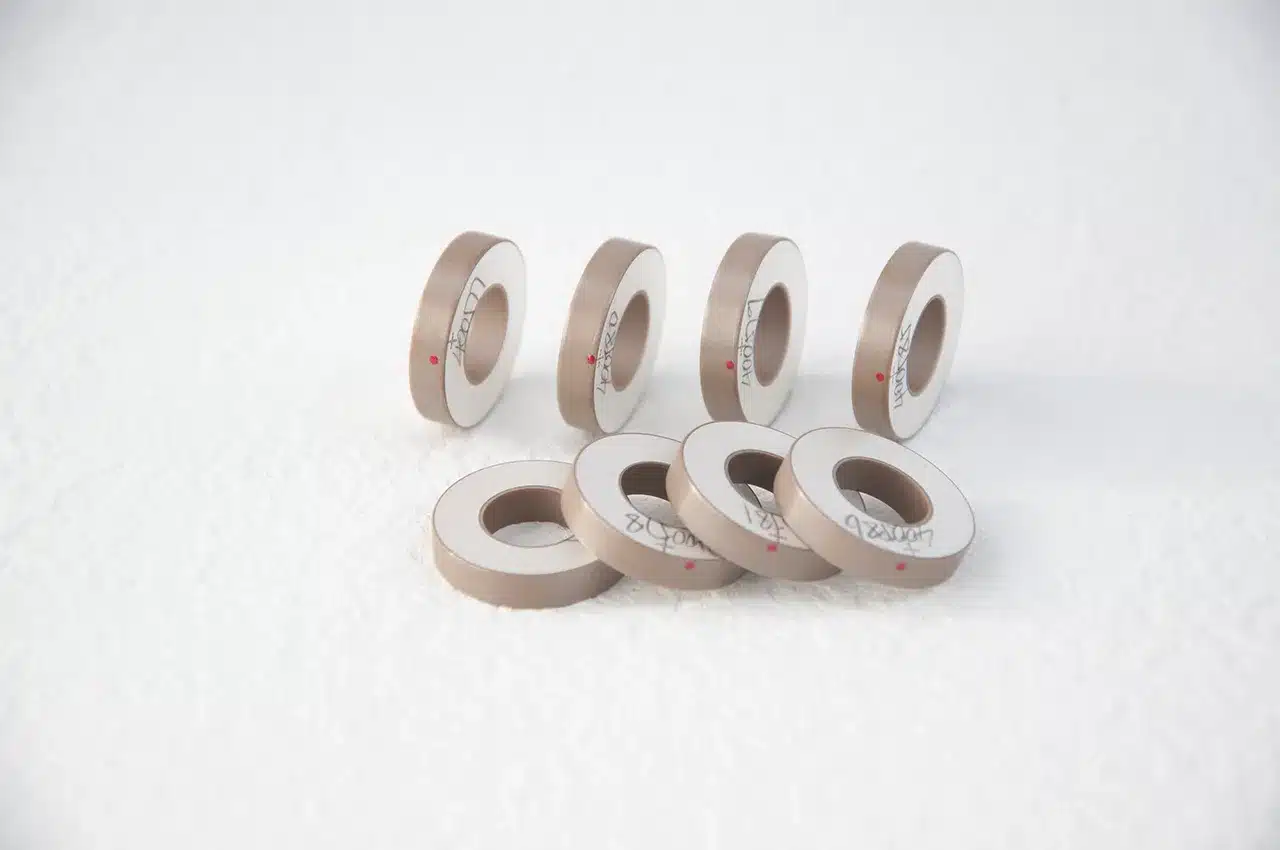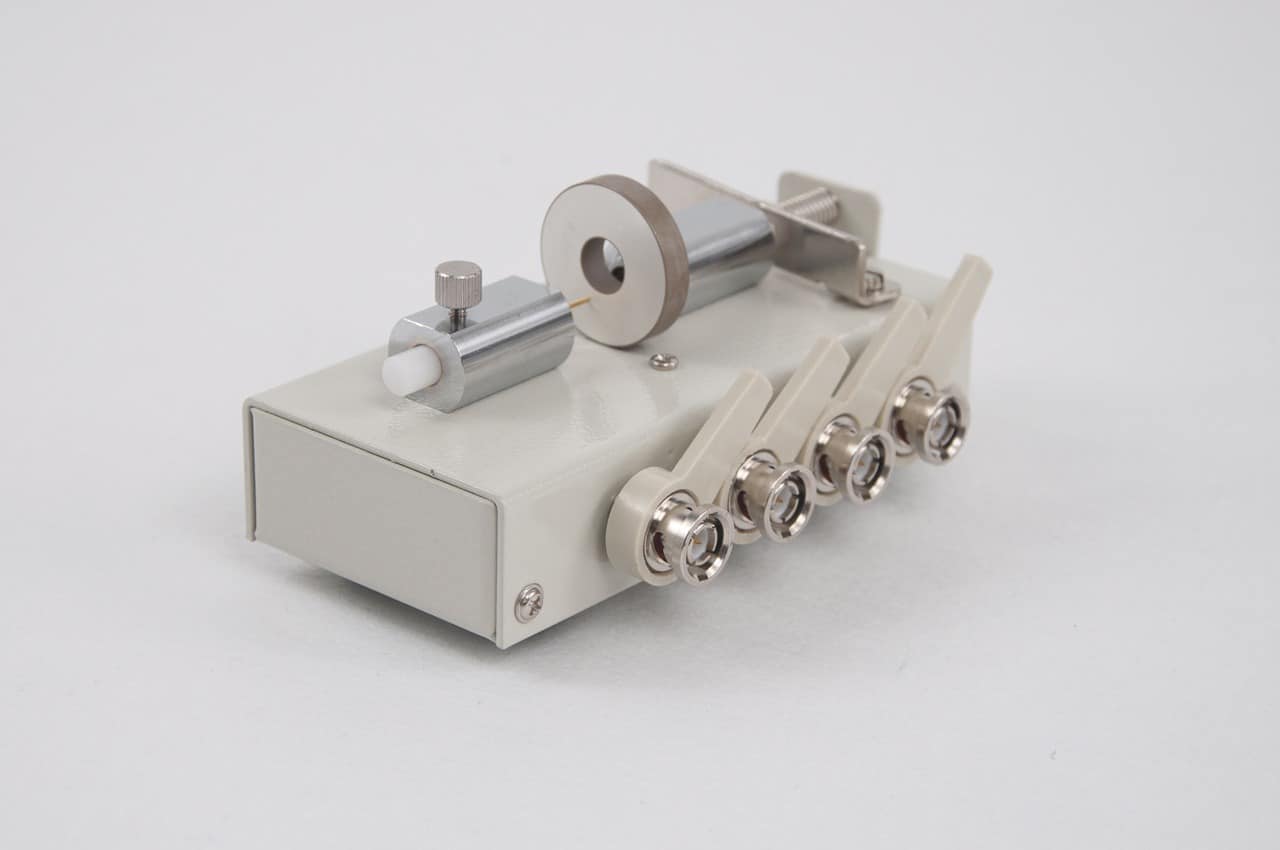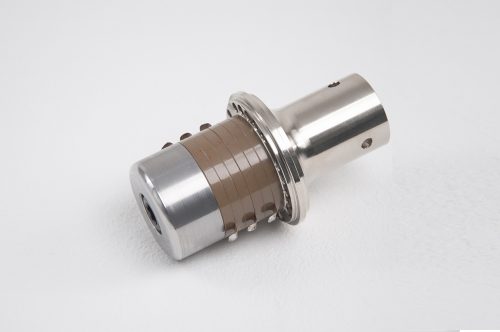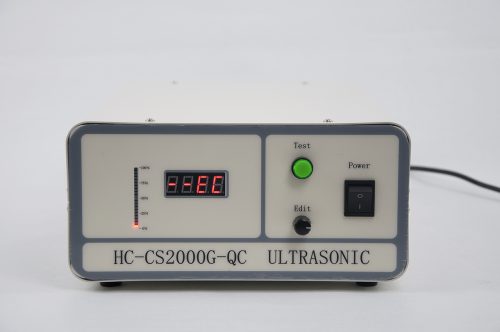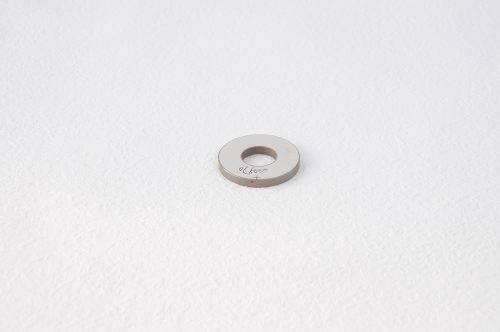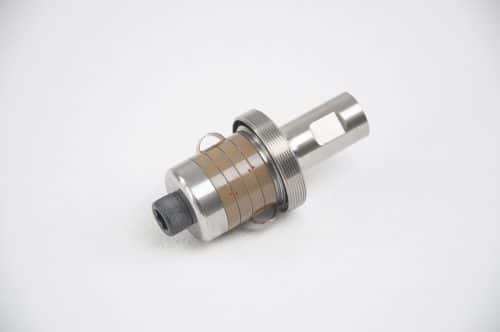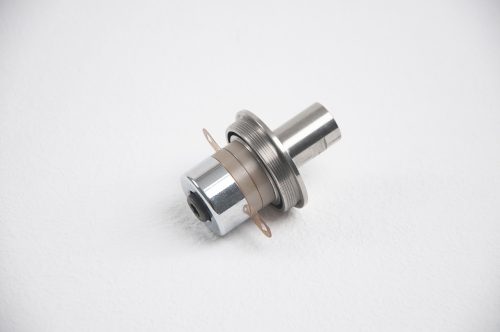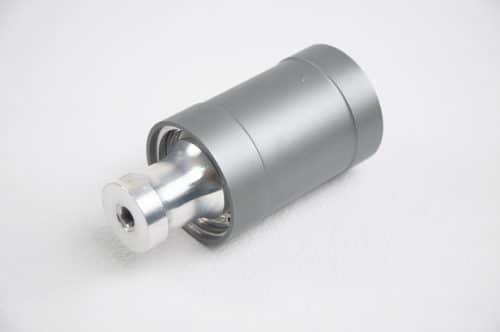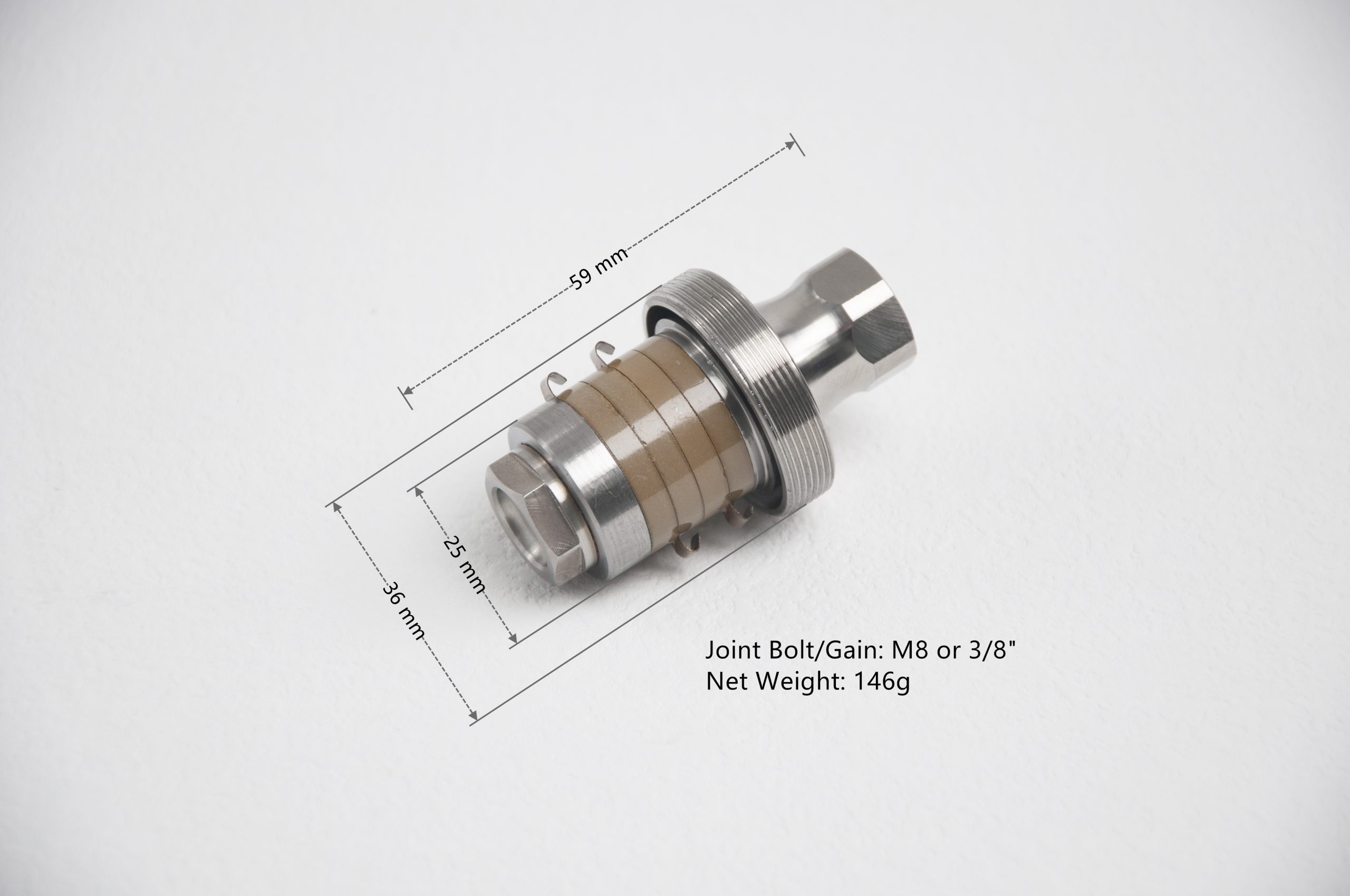
An ultrasonic transducer is a device that converts alternating current (AC) into ultrasound and vice versa. Typically, these transducers employ piezoelectric or capacitive principles to generate or receive ultrasound waves.
Piezoelectric transducers utilize crystals capable of changing size and shape in response to applied voltage. On the other hand, capacitive transducers function by using electrostatic fields between a conductive diaphragm and a backing plate.
The beam pattern of an ultrasonic transducer is determined by various factors such as the active transducer area, shape, the ultrasound wavelength, and the sound velocity of the medium through which the ultrasound propagates. Different energy levels depict the sound fields of both unfocused and focusing ultrasonic transducers in water.
Ultrasonic transducers may act as detectors as piezoelectric materials generate voltage when subjected to force. Some systems have separate transmitters and receivers, while others integrate both functions into a single piezoelectric transceiver.
Aside from piezoelectric elements, ultrasonic transmitters can also use non-piezoelectric principles such as magnetostriction, where materials change size slightly when exposed to a magnetic field, serving as practical transducers.
Moreover, capacitor microphones with a thin diaphragm respond to ultrasound waves, converting sound signals to electric currents through changes in the electric field between the diaphragm and a closely spaced backing plate.
Recent advancements include micro-machined ultrasonic transducers (MUTs) fabricated using silicon micro-machining technology (MEMS technology). These utilize the diaphragm principle and are particularly useful for creating transducer arrays. These can be operated through capacitance between the diaphragm and a closely spaced backing plate (CMUT), by adding a thin layer of piezoelectric material on the diaphragm (PMUT), or through innovative approaches like using an optical ring resonator integrated inside the diaphragm (OMUS).
Ultrasonic transducers find applications in various fields, including acoustic levitation.


